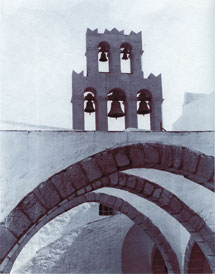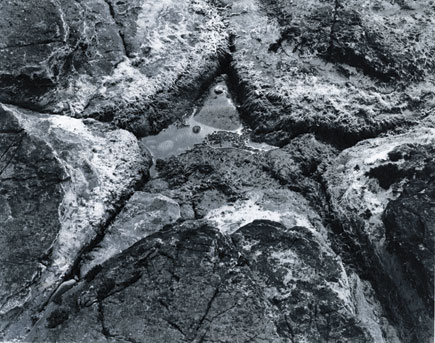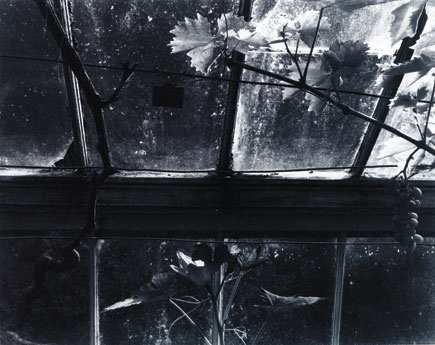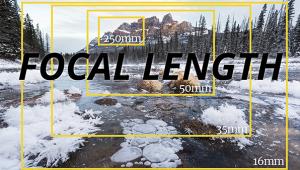All the things that are really part of the photography will never be granted as something as nonsense because they contribute to the documentation of history. - Michael Courouleau
Photography’s Golden Legend; An Alternative Process Revived
For its first 160 years, photography was based on silver. Effectively all camera negatives have to be made of this metal because only silver halides are fast enough to record analog chemical images “instantaneously”—or even in a couple of minutes. But printing from the negative need not be speedy, so the door is open to several slower photochemical processes for printmaking. It’s no great disadvantage to use strong light sources and long exposures, especially when the negative is large enough for contact printing, which allows much more throughput of light than an enlarger. A century ago, besides silver, many permanent prints were being made in platinum, palladium, and pigments such as Prussian blue.
 |
|
 |
|
|
Today, in contrast, most photographs are made of ink—if, indeed, they are made of anything, beyond a ghostly string of bits lurking somewhere on your PC’s hard drive. And we know how vulnerable that can be. In the long term, a hard copy is more enduring and accessible than a hard drive. Now that the entire industry of silver gelatin analog photography is facing terminal decline (but long may it yet survive!), in the face of the digital revolution, we may ask what other alternatives to ink there might be for immortalizing our loved ones. The answer is still: the metals and pigments mentioned earlier. All these processes are now noncommercial and demand a degree of handcrafting. So, welcome to the practical art of alternative photographic printmaking, which goes like this, in four easy stages:
1. Dissolve the pure solid chemicals in water to mix the sensitizer.
2. In a dim room, coat a sheet of high-quality plain artist paper with the light-sensitive mixture, using a brush or glass rod, and dry it.
3. Place the sensitized paper in contact with a large negative in a printing frame, and expose it to an ultraviolet light (in good climates, the sun will do).
4. Immerse the exposed sheet in a sequence of wet baths that clear out the residual chemicals. Wash, then dry the permanent image.
It really is that simple, and very “low tech.” While the chemicals deserve respect, none is truly dangerous. This same general procedure applies to making prints in Prussian blue (cyanotype), silver (Van Dyke, argyrotype, or kallitype), platinum (platinotype), palladium (palladiotype), or gold (chrysotype). At one time, all these were commercially available as pre-sensitized papers, except the last—for gold printing never succeeded in entering the photographic repertoire, until 1989. This article aims to explain why.
 |
|
|
Historical Background
Sir John Herschel, a leading British scientist and one of the pioneers of photographic processes, discovered in 1842 that a new substance called “ferric ammonium citrate” was very sensitive to sunlight, which changed the chemical state of the iron from “ferric” to “ferrous.” This could then be reacted with potassium ferricyanide to yield that intense artists’ pigment, Prussian blue. So the blueprinting process was born, which Herschel named “cyanotype.” After his death in 1871, this very first method of reprography became a major industry for plan copying for the next 80 years. Cyanotype is still used today as an expressive medium by photographic artists—but that’s another story.
Herschel understood what was occurring chemically when sunlight fell on his papers sensitized with ferric ammonium citrate, and he immediately realized that the “ferrous” iron so formed could also reduce precious metals from their salts, to make images in silver, gold, and mercury, which he named “argentotype, chrysotype, and kelaenotype,” respectively. Thirty years later, the same photochemical principle that Herschel had established enabled William Willis to devise his “platinotype” and “palladiotype” processes, which became the most highly regarded of all photographic methods. However, Herschel’s gold images were deep purplish-red and very stable. He made his chrysotypes by contact printing from published engravings printed on thin paper. Original specimens of Herschel’s chrysotype, numbering only about 20, survive to this day in the Museum of the History of Science, Oxford, UK; the Royal Society, London; and the Harry Ransom Center of the University of Texas at Austin.
Herschel’s method was based on gold chloride, which is very reactive and incompatible with the iron salt sensitizer, so he had to use this gold salt in a development bath, which rapidly accumulated impurities from the processed papers, and decomposed. This was expensive and wasteful. The cost, and problems of image fogging, prevented the chrysotype process from being accepted into the repertoire of photographic printing. By 1900, the process was pronounced truly “dead and buried”—a surprising conclusion, in view of the widespread success of gold toning for protecting silver images from deterioration.
- Log in or register to post comments


















































